Off the beaten track in the heart of the Med
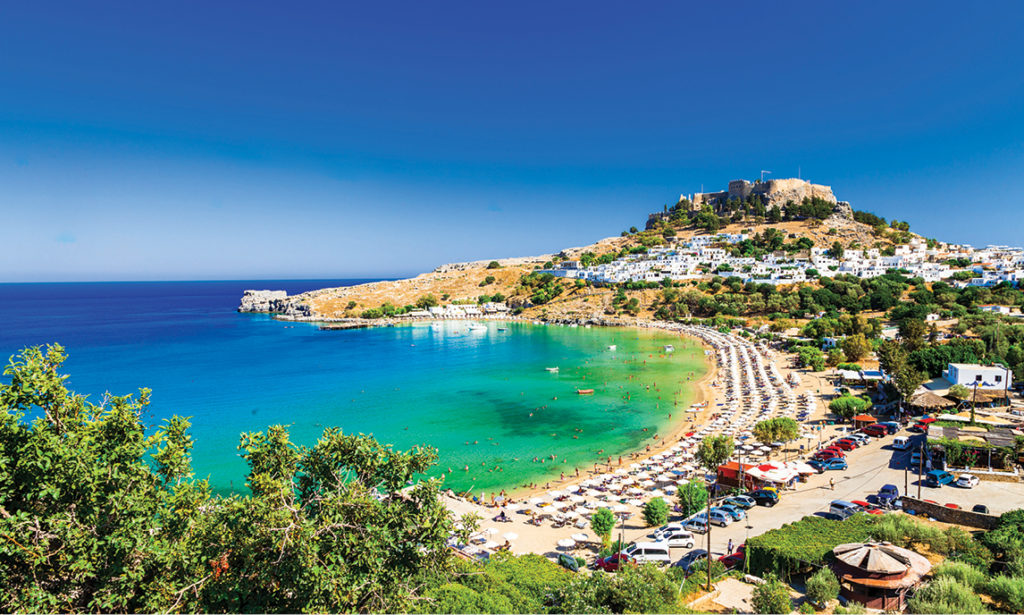
Most New Zealanders are lured to the Med for the history and architecture, the food and culture. But the best travel is when you get the chance to see undiscovered spots – the paths less taken – and experience the culture and history, rather than just driving past it.
Here we share the best undiscovered spots in the romantic Mediterranean – and why they should be on your must see list.
Naxos, Paros, Vytina and Itea
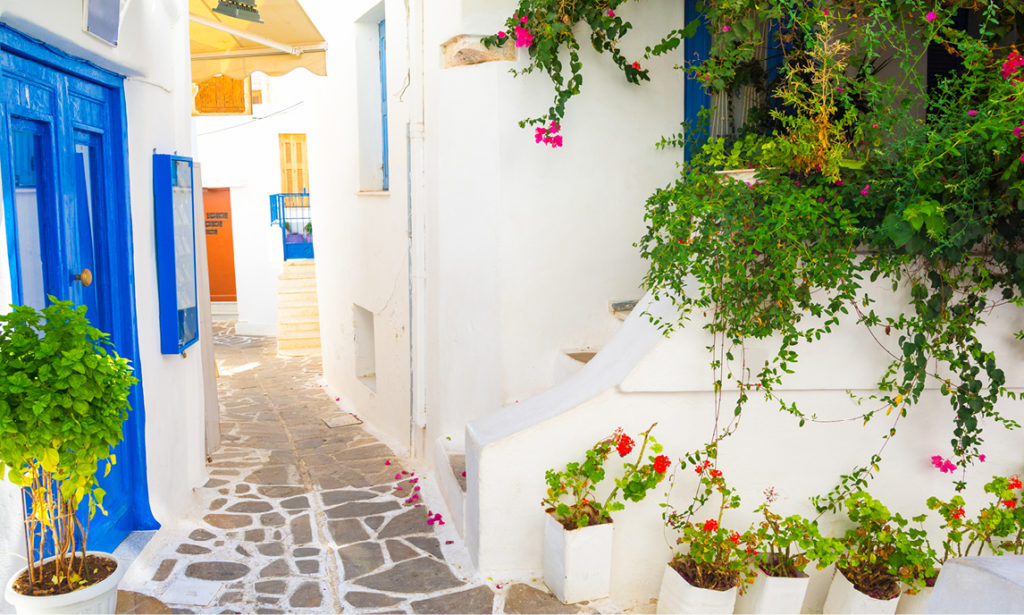
If the white sandy beaches and charming cliff-top villages aren’t reason enough to visit Greece, these destinations are!
Naxos, famous for its diverse landscape and well-preserved ancient ruins has no shortage of authentic charm. Its capital, Chora, is a photographer’s dream worth exploring on foot – imagine whitewashed architecture and blue painted trims with spurs of colour from blooming bougainvillea.
Spend your days basking in the Grecian sun, swimming lazily in crystal-clear blue waters, trying local delicacies – cheese, Naxian potatoes and kitron, a local lemon spirit – or perusing the souvenir stores – don’t forget a gift for the grandkids!
The capital of Paros, a beautiful village called Parikia, is worth the visit with its impressive neoclassical mansions and great waterfront restaurants and cafés. The lively fishing village of Naoussa, with its remarkable Venetian fortress harbour entrance, comes alive at night. And the village of Lefkes has the best view of the island with its narrow marble alleys dripping in vibrant pink bougainvillea. You’ll want to take home handmade local pottery, jewellery, local honey and figs.
Vytina is a fantastic destination for the cooler months. Its mountainous landscape is great for adventure enthusiasts – explore the land by foot, mountain bike, horseback or ATV – and you can’t go past its lively square with a black marble church surrounded by woodcarving and textile shops.
Itea is perfect for a short trip into the mountains to escape the heat and hustle. Combining mountain and sea, the taverns of Itea will have you feasting on fresh fish, seafood ouzo and the famous Roumeli kontosouvli – with views of the Corinthian Gulf and the Peloponnese.
Cosenza, Lecce and Matera, Italy
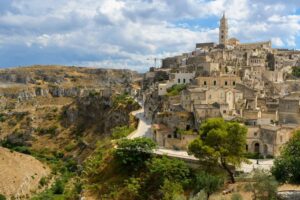
In the valley of Crati is one of the most ancient cities of Calabria. The old city of Cosenza is steep, with narrow alleyways, clothes drying on rustic balconies, and old shops full of curios. Explore small churches, wander over charming wooden bridges, eat delightful food and wine – and for adrenaline-inducing fun, go rafting and canoeing on the River Lao in the National Park of Pollino.
Renowned for its beautiful, historical structures, Lecce will take you through prehistoric civilisations – explore Piazza Duomo, the most elegant ‘salon’ in the city, browse the rows of paper mâché handicrafts from Salento, then loosen your belt and indulge in Leccese gastronomy. Get outdoors and go sailing or windsurfing along the Adriatic coast, and scuba diving enthusiasts can explore colourful sea life from below deck.
Matera is famous for its extensive cave-dwelling district, the Sassi, one of the oldest inhabited settlements in the world. Food in Matera is fresh, and chefs are known for their use of seasonal vegetables to create delectable dishes.
Costa del Sol, Spain
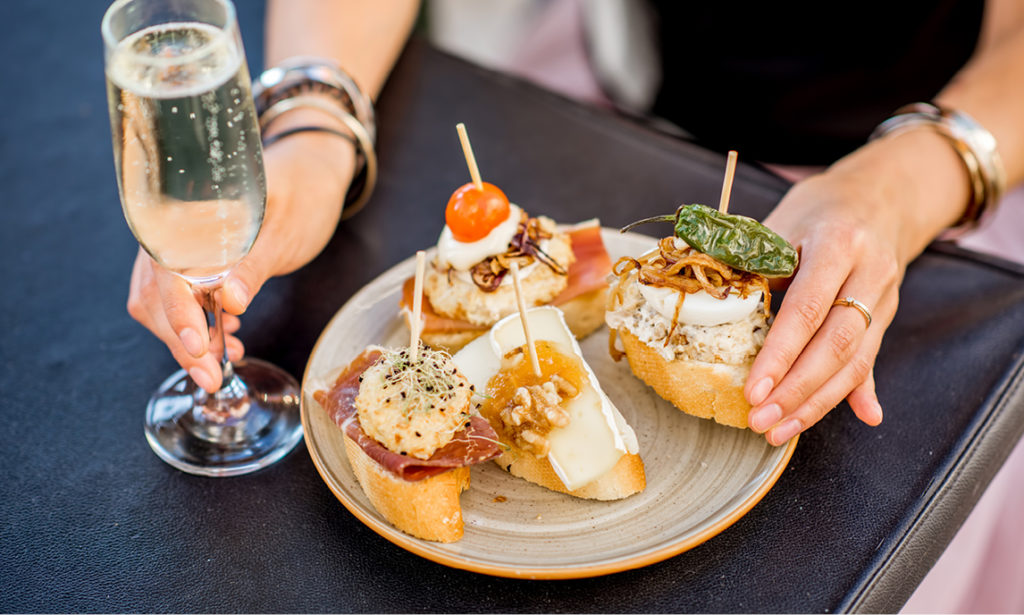
With 159 kilometres of coastline, beige sand, creamy, soft and fine, swept by a gentle blue sea, the Costa del Sol is pure heaven! You can immerse yourself in unlimited cultural experiences, and gorge yourself on fresh fish every day.
Malaga, the birthplace of famous artist Pablo Picasso, is the largest city on the Costa del Sol. The enchanting Marbella Old Town, filled with the sweet aroma of orange blossom, has a great selection of shops, bars, colourful cafes and restaurants.
Orange, France
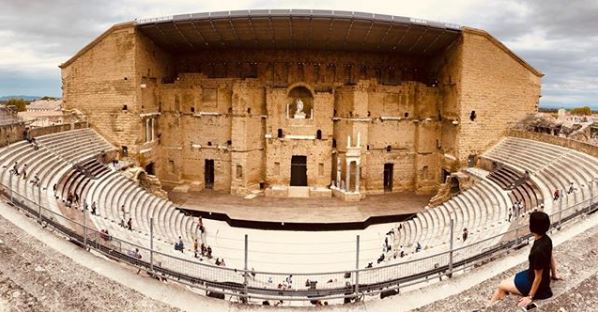
Forget Paris and Bordeaux – Orange is home to one of the greatest ancient sites in Europe, the Roman Theatre. La Grotte has perfect restaurants for lunch and dinner, built into the Roman wall of the theatre, and it’s the atmospheric venue for the Chorégies d’Orange, an opera festival held every August since the theatre was restored in 1969.
Every Thursday, 300 regular stallholders take over the city streets for one of Provence’s favourite outdoor markets. Depending on the time of year, you can buy superb grapes, aubergine, green beans and apricots – all fresh from the nearby countryside. For the wine connoisseurs – there are 21 estates and châteaux to visit in the Orange area alone!
Portoroz and Piran, Slovenia
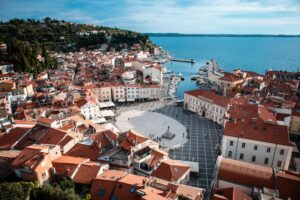
Known as a holistic healing centre since the 13th century, Portoroz has been declared a health resort. Be pampered to your heart’s content at one of its many health centres, enjoying the mud baths and concentrated salt-water treatments that made the town famous centuries ago.
Afterwards, explore Forma Vivia, an outdoor sculpture garden with over 130 carved works of stone, or wander through native flora and fauna at Sečovlje Salina Nature Park.
With a trip to Piran, you’ll get to see a completely different side of Slovenia. From a coastal town with a laid-back atmosphere, climb to the top of its city walls for an amazing view.
Zadar, Croatia
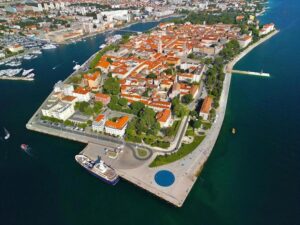
A region rich in history and natural beauty, Zadar is still relatively undiscovered. It’s home to an historic town of Roman ruins, medieval churches, cosmopolitan cafés and quality museums, set on a small peninsula. Wander quiet streets of marble, sail to pine-scented beaches on remote islands, sprawl undisturbed alongside tiny konobas – restaurants catering mostly to fishermen – and discover everything Zadar’s three national parks have to offer – hiking, rock climbing and swimming in waterfalls.
Canakkale, Turkey
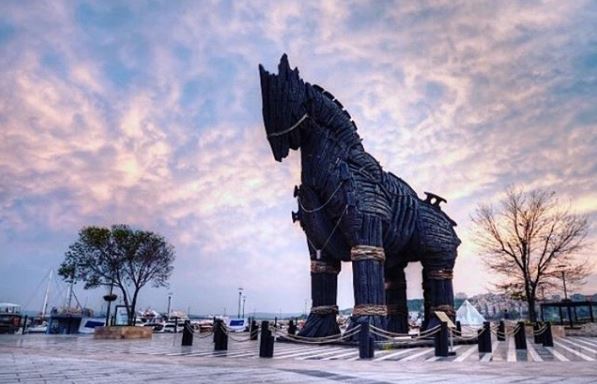
There’s not much this place hasn’t seen – countless invading armies have passed through, it’s the setting for the epic love story of Hero and Leander from Greek mythology, and the legendary Trojan Wars also took place nearby, as did the Gallipoli Campaign – the most famous battle between the Allied Forces and the Ottomans in World War I.
Shkodra and Tirana, Albania
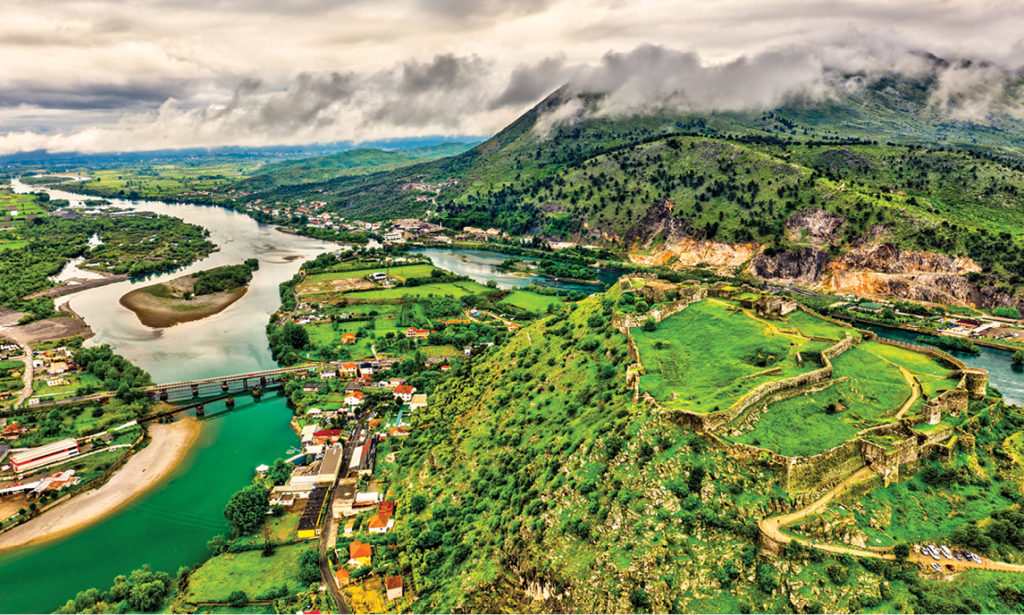
History buffs – eat your hearts out in Shkodra, one of the oldest cities in Europe. You can acquaint yourself with Albanian history and culture, visiting mosques, cathedrals, workshops and photographic archives.
The Site of Witness and Memory is housed in an old prison, displaying information about Albania during the communist era. Visit the Rozafa Fortress, used by every civilisation in Shkodra’s history as a strategic post.
Albania’s capital, Tirana, will have you delving into the past and present of a country that has seen intense turmoil since it was founded in the 1600s. It’s a foodie’s paradise – try Albanian favourites: fërgesë gjize (baked cheese with peppers) and trilece (a tasty pie made with sponge cake and three different kinds of milk) for dessert. Stop at one of the city’s many gorgeous cafés and soak up the authentic spirit bustling around you. Then stroll through the town with its painted facades, street art graffiti and bright murals.
If you’re craving a true taste of the Mediterranean, why not explore it with a relaxing ocean cruise?







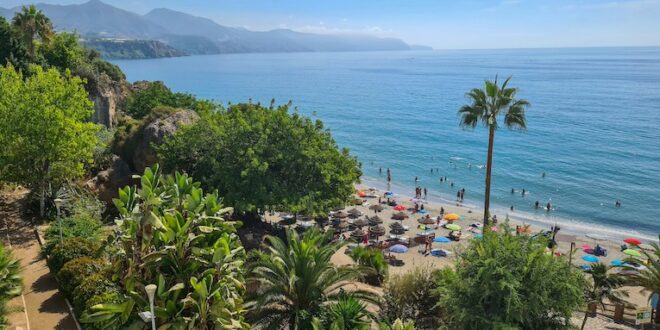

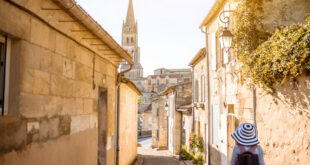
Join the Discussion
Type out your comment here:
You must be logged in to post a comment.